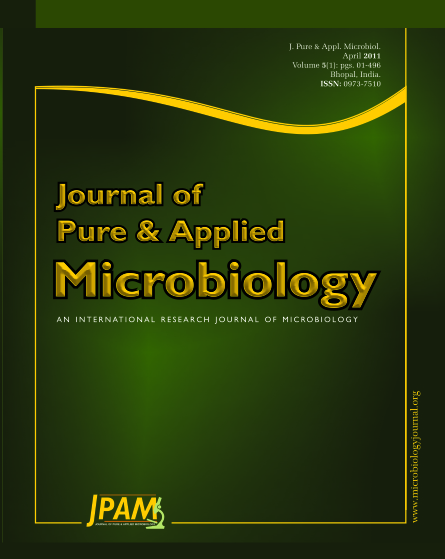Bloodstream infections (BSIs) are one of most significant cause of mortality and morbidity worldwide, even in community-acquired or hospital-acquired infections. Unfortunately, until now there is not any comprehensive study to survey the frequency of pathogens isolated from BSIs in Iran. The aim of this study was to determine epidemiological features of nosocomial BSIs in the Milad hospital, Tehran, Iran.
This study is a retrospective study on survey of 3212 blood cultures during 2009 to 2010. Antimicrobial susceptibility testing was performed by Kirby-Bauer disk diffusion method as recommended by Clinical Laboratory Standard Institute (CLSI). All analysis was performed using SPSS 16.
Our study revealed that 66% of BSIs were caused by gram-negative bacteria, while 24.1% of BSI caused by gram positive bacteria, the rest of them (9.9%) was infected by yeast. Among gram negative bacteria, Enterobacter cloacae (26.4%) and Escherichia coli (24%) were more prevalent organisms, while among gram positive bacteria Staphylococcus aureus (47.8%) and Coagulase negative Staphylococci (CoNS) (16.8%) were more prevalent. In fact, this study indicates the importance of establishment of a comprehensive program in Iran or even in Middle East upon the antimicrobial resistance rate.
Bloodstream, Bacteria, Fungi, Tehran
© The Author(s) 2011. Open Access. This article is distributed under the terms of the Creative Commons Attribution 4.0 International License which permits unrestricted use, sharing, distribution, and reproduction in any medium, provided you give appropriate credit to the original author(s) and the source, provide a link to the Creative Commons license, and indicate if changes were made.


